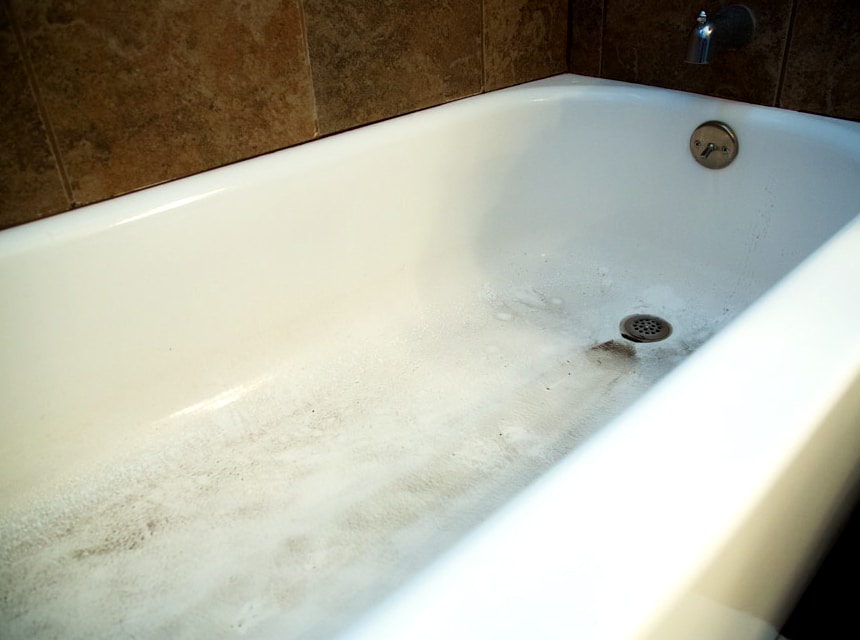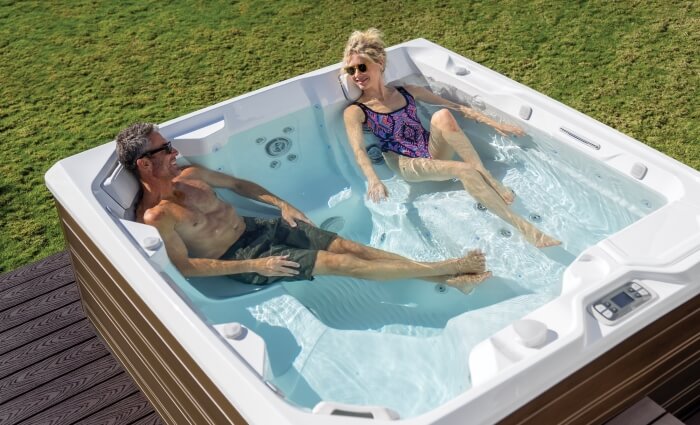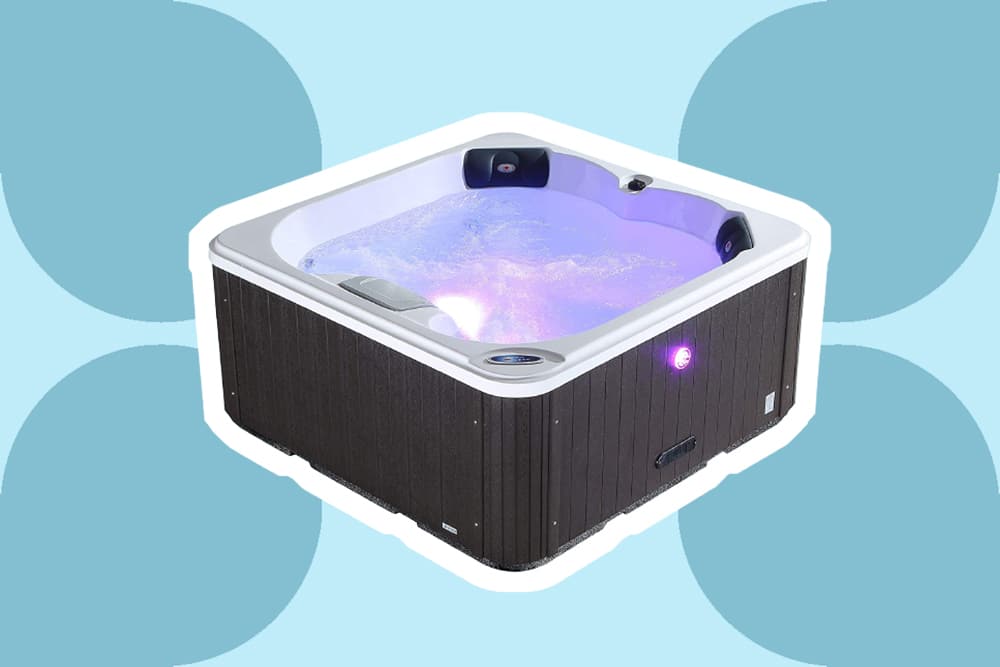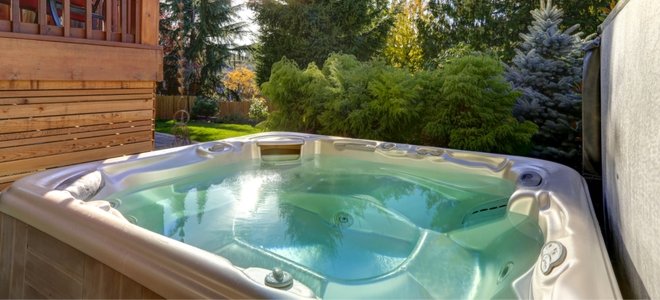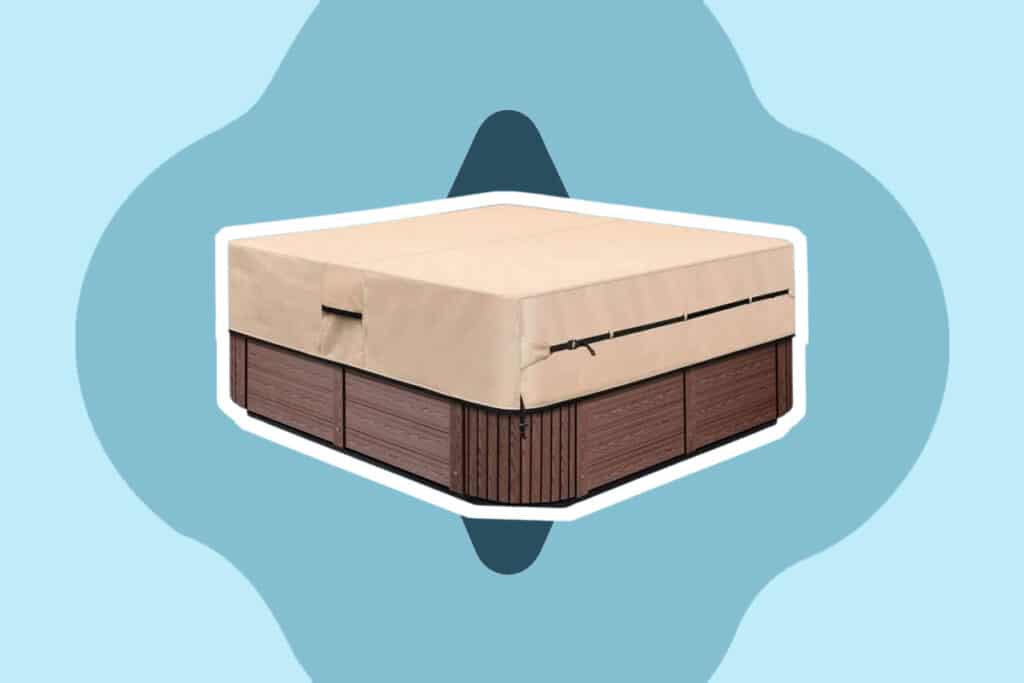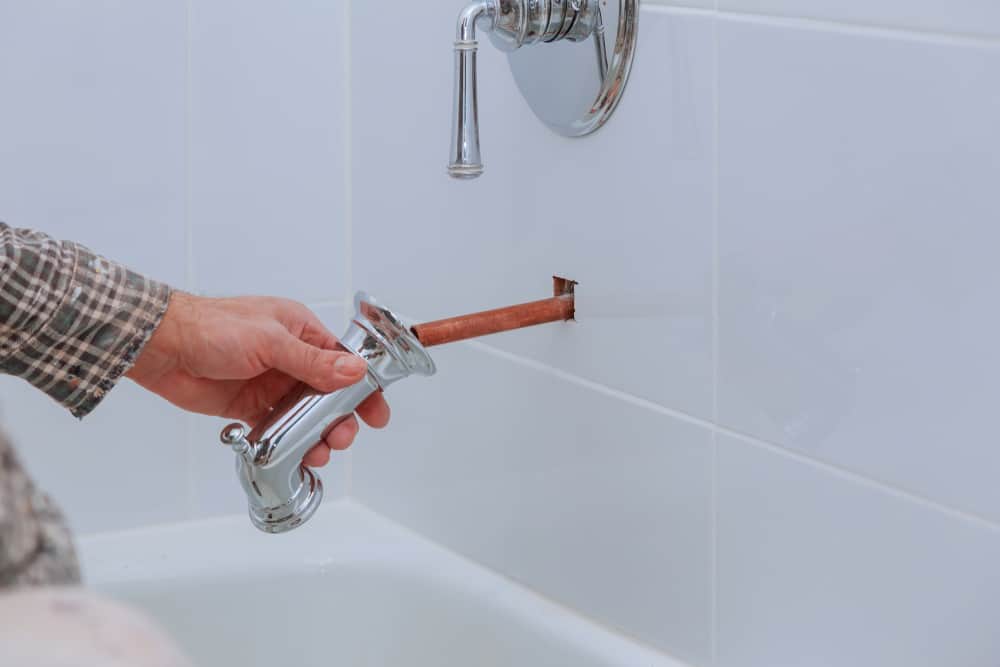

Do you have a hot tub whose circuit breaker trips regularly, stopping you from having its hydromassage benefit? Do not panic: the main causes of this inconvenience are easy to spot. In most cases, the problems are a short circuit, a ground fault, a worn-out circuit breaker, moisture, corrosion, and a few other reasons.
Here are our tips for diagnosing the origin of the problem of a hot tub breaker that keeps tripping, and how to react accordingly. But first, why do you need a circuit breaker in your hot tub?
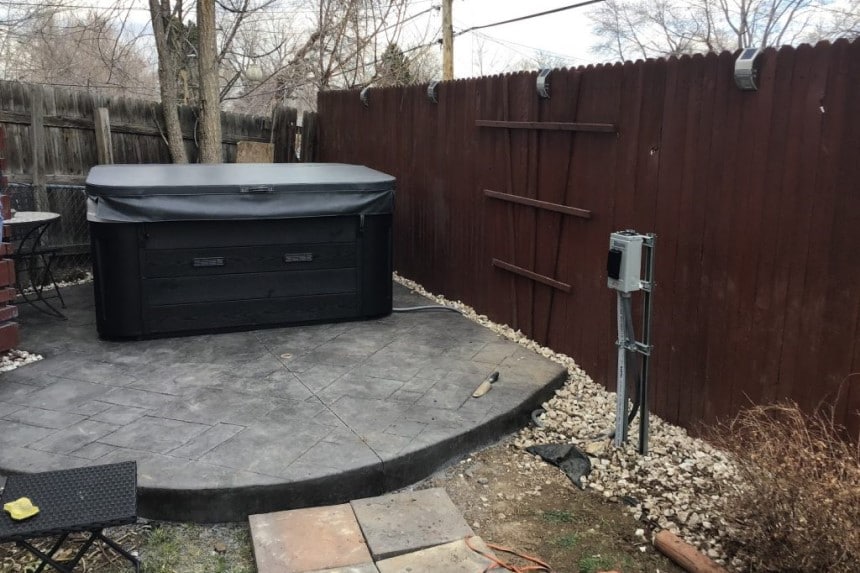
The hot tub electrical equipment consumes a lot of energy and therefore it needs a separate circuit breaker to operate efficiently.
Water and electricity are a deadly combination. Therefore, to enjoy your hot tub safely without fear of electrical hazards, you should install a circuit breaker. Receptacles of pool and spa installations are subject to the NEC code Trusted Source StackPath www.ecmweb.com which states that these units must be GFCI-protected and locked.
All electrical work performed around or near your pool or spa should be plugged into a GFCI, that is, a GFCI breaker. This is intended to protect yourself and your loved ones from electric shock and is especially important in areas around water. Unlike the regular fuses that you can find inside a home, a GFCI is built into an appliance. It works by monitoring and controlling the electrical energy that goes into a device.
If the power source is accidentally dropped into the water, the GFCI will be able to detect it and shut off the power. This is essential when working with electronic devices near the hot tub and can even save your life. If you are working with a professional, they should know the ins and outs of these procedures, but it is good if you know them too!
Many people end up using the overcurrent protection device as a switch for their hot tub, which can be dangerous. This is because the constant on / off switch can cause damage to the bus bar. Even a small space on the bus bar can cause an electric arc, which is one of the main reasons behind electrical fires. Therefore, it would be a good idea to install a separate emergency switch for your hot tub along with an individual GFCI overcurrent protection device.
A circuit breaker Trusted Source ▷ How does a Circuit Breaker work? engineering.electrical-equipment.org is a device necessary for any type of building, whether for a home, appliance, or room. Its role is essential for the safety of the equipment or even the entire premises: it prevents fires, short circuits and controls the electrical voltage, to avoid overloading the devices.
A circuit breaker is in a way the guardian of the electrical circuit, which manages the unit in terms of power. A GFCI breaker is integrated into the hot tub, so you do not need to install a circuit breaker dedicated to the spa in your electrical panel.
Below, we dive into the most common reasons why your circuit breaker may keep tripping and how to deal with them.
One of the reasons your hot tub keeps tripping the circuit is because the thing just wore out. Power surges, age, or a lightning strike can make your breaker unusable.
Fortunately, it’s quite easy to know if your breaker is broken.
Try to flip it. Does it trigger again immediately? If so, then a worn-out or a bad breaker might be the problem.
Disconnect everything on the GFCI switch. Turn it back on. Now, if it keeps tripping, then you need to have the breaker replaced. One of the most recommended for a hot tub is the Eaton GFTCB250. It’s a plug-on mount type Ground Fault Circuit Breaker (GFTCB). It has an amperage rating of 50 amperes.
If you have to change the whole GFCI, the Siemens QF260A 60 Amp can be purchased. It’s a ground fault circuit interrupter with a self-test feature.
The video below shows hot to replace a worn-out circuit breaker.
Moisture could also be a reason your circuit breaker is tripping. If it’s an outdoor hot tub, then you could have moisture problems which can be causing it to trip. A hot tub cover can be helpful when the unit is not in use. Leakages from some plug and play hot tubs can also cause moisture problems
Open the GFCI breaker box, then shine your flashlight inside. See whether there is moisture in it. Rainwater can bring in enough moisture to trip a spa circuit breaker.
The solution can be as simple as towel drying the inside of the breaker box and turning on a fan near the electrical outlet.
Then, you’d need to reset the breaker once it’s dry.
If the circuit breaker still trips when it looks dry, then it may need additional troubleshooting. If there is frequent exposure to moisture, replacing the outlet or moving it further away from the hot tub may be needed.
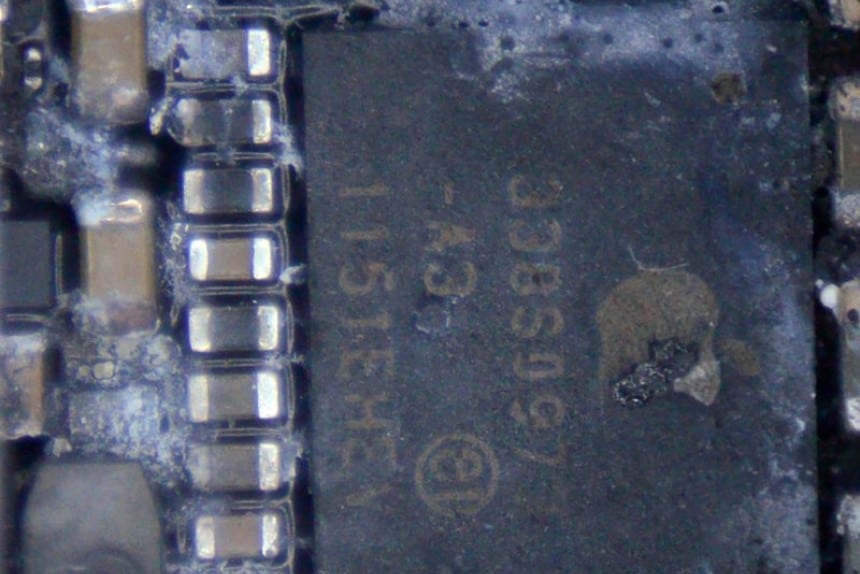 Reason #3: Corrosion
Reason #3: CorrosionCorrosion is unavoidable. Even in space, there is no escape from rust. It pays to watch out for corrosion every time your hot tub is serviced to reduce the chance of the problems getting worse.
Corrosion may cause the breaker’s components to stop working, affecting water chemistry or causing further damage if they fail. Imagine you are going on vacation then your system is not running as programmed. Yuck.
Corrosion problems can be found near the spa GFCI or on the tub’s components. Check the GFCI breaker box, and then the inside of your hot tub, for corrosion signs. If there is corrosion, you will usually see a whitish powder or rust around the connections of the components. Carefully examine the cable connections, the control panel, ground wires, and any places where you can see the wiring to the components.
Repairing corrosion will depend on where you found it as well as how bad it is.
It’s possible to clean the corroded connectors with a contact cleaner or a metal brush and just plug them back in. A typically good example of a contact cleaner is the CRC 3140 Contact Cleaner. It’s also a protectant that is available in an aerosol can.
If this corrosion has progressed too far, you may have to replace the wiring. If dripping water is causing the corrosion, you need to fix a leak in your hot tub.
 Reason #4: Defective Accessories
Reason #4: Defective AccessoriesAll hot tubs have several electrical components like the heater. An inflatable spa even has a heater and control panel.
If you particularly have a modern hot tub, it may also feature a towel warmer, interior lighting, or a sound system. If one of the electrical components is not working well, that could be the reason the hot tub is blowing your fuse.
The easiest way to isolate a faulty spa component is to disconnect whatever is possible from the breaker. Then connect every component individually. Turn the breaker off. If it trips, you know the problem.
However, identifying the culprit component is just half the problem solved. You also need to find out the reason the component malfunctioned. Could the wire connection be bad? Has the component overheated? Is it improperly grounded? Has the device been destroyed? It’s always best to leave these to the professional’s expertise.
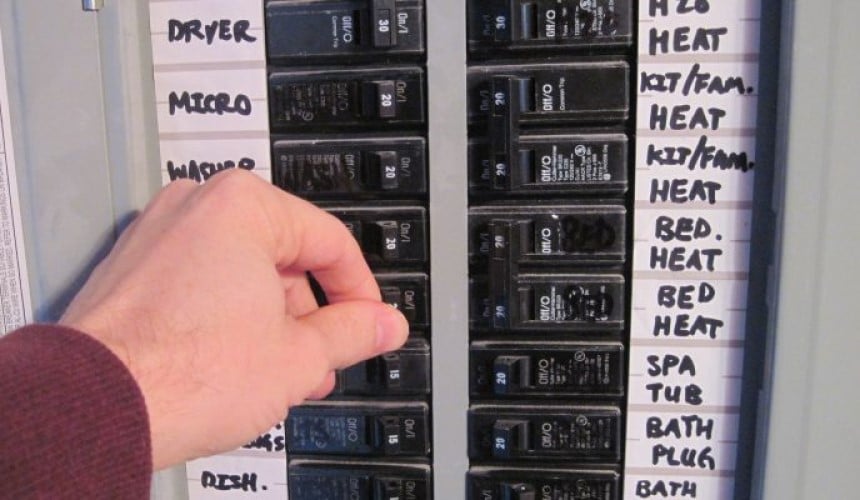 How to Generally Repair Your Breaker That Jumps
How to Generally Repair Your Breaker That JumpsEven when it jumps, make sure your breaker is properly closed. Avoid unfortunate surprises and take the time to put it back and see it trigger.
Caution! Intervening yourself on your electrical installation can be dangerous. It is strongly recommended not to handle electrical devices that may be faulty or electrical wires without first having switched off the main circuit breaker. When in doubt, always call a professional.
One of the most common problems experienced by hot tub owners is when the hot tub breaker keeps tripping. Electricians suggest that you make sure to use a properly sized circuit breaker to run your device. If the problem persists even after replacing your old circuit breaker and using a new GFCI especially for your equipment, then you should extract your user manual and do some checks. Make sure your hot tub filter is clean and not damaged. The circuit breaker may also trip if there is a problem with your hot tub’s Ozonator or air blower. Keep these tips in mind and you should enjoy the safe use of your hot tub.
